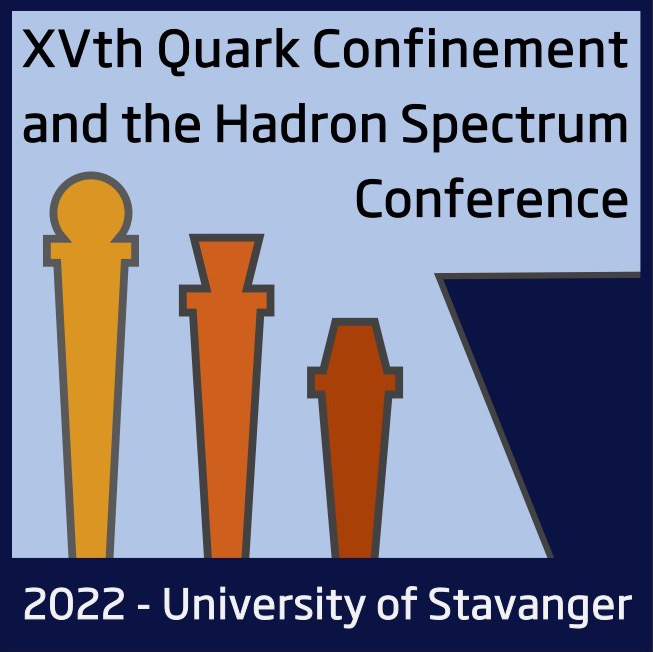Speaker
Description
[Reality of the Crosssover Scenarios]
Because the ab-initio EOSs from the $\chi$EFT and the pQCD are both soft, it is unlikely to have a 1st-order phase transition to quark matter that would make the EOS even softer. These calculations as well as observational data and discussions of quark-hadron continuity / quarkyonic matter support the scenario of smooth and continuous realization of quark matter. I will make a quick overview of these arguments first.
[Subtleties]
A 1st-order phase transition is not yet excluded and the quark-hadron continuity could be violated by topological probes such as vortices. This subtlety is not clarified but is extremely interesting. I will propose a possible resolution in this talk.
[Gravitational Wave Signal]
One might think that a smooth and continuous change to quark matter is difficult to see, but the pQCD EOS branch is very soft, and the EOS below the quark matter onset should thus be stiff, inevitably leading to rapid softening. I will show that the post-merger gravitational wave signal is sensitive to the EOS softening, so that properties of quark matter can be sufficiently quantified.
[Interpretation]
There are still uncertainties and it is important to identify the robust predictions. I will discuss the interpretation of our results of the gravitational wave signal and also point out that further constraints could be available from electromagnetic signals.

